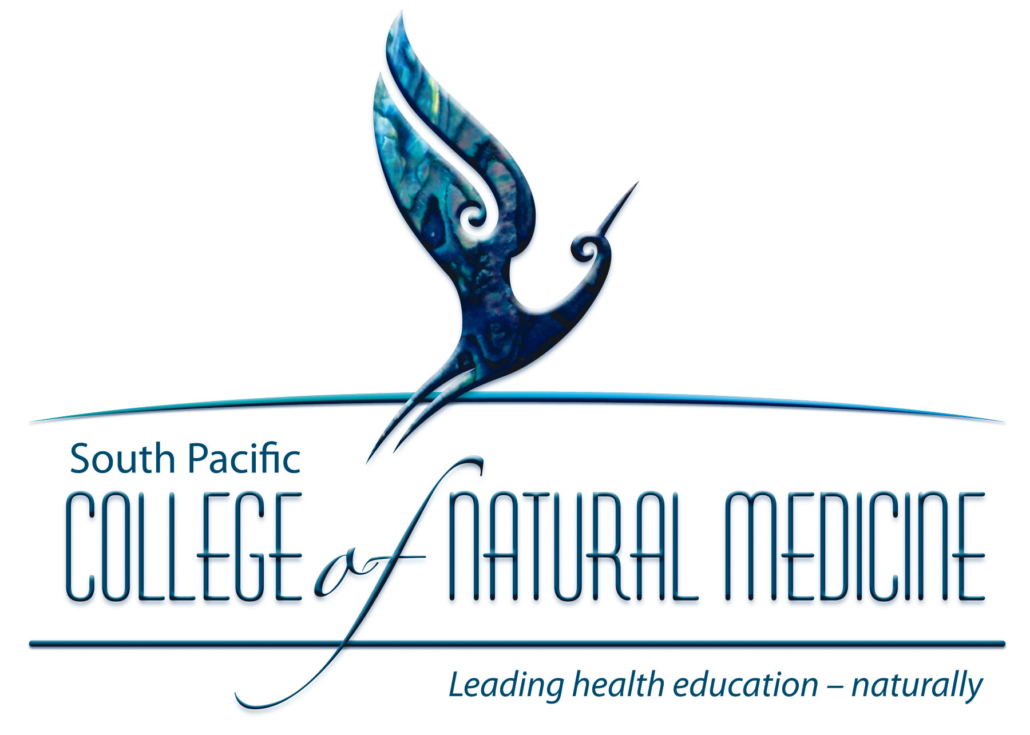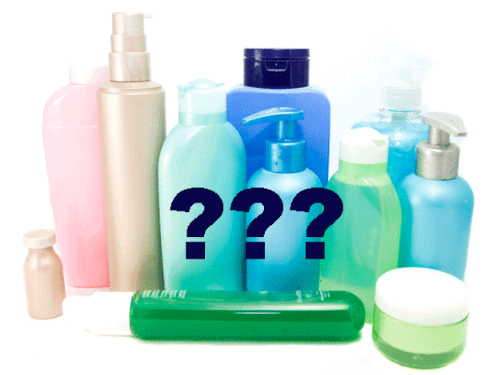The Undesirables in Beauty Products
Katie Noble, SPCNM Graduate Practitioner 2019
It’s a paradox that products designed for beautifying and preserving the human body can be causing internal harm by their daily use. Only “active” ingredients are required by law to be listed and the chemical constituents of fragrances and other incidental ingredients are considered “proprietary trade secrets”. This means we don’t really know what is in them or in what quantity. Although the levels might be low in an individual product, it’s the cumulative usage that is concerning. Once you’ve used shampoo, conditioner, soap, moisturizer, sunscreen, make-up and perfume that adds up to quite a few layers being applied daily.
The whole topic can be quite overwhelming but the good news is that there are plenty of affordable products available in the supermarket which are free of nasty ingredients. Take your time and have a good look at what is available and read the labels to see what they are made of.
So what are these chemicals, where are they found, and what damage can they do?
Phthalates: synthetic aromatic chemicals that hold scents. The most common ones used in cosmetics are diethyl phthalate (DEP) and dibutyl phthalate (DBP) in hairsprays, hair and body lotions, nail polish, body wash and hair care products. They are also used in baby care products and a study revealed 81% of infants urine tested for seven or more detectable phthalate metabolites and concentrations increased the more products they used.
Phthalates are well researched and shown to disrupt thyroid hormone function. They may be harmful to unborn babies during pregnancy. Higher levels of phthalates have been found in infertile men and they may be involved in increasing rates of obesity and diabetes.
Parabens: cheap, effective and low toxic preservative and antimicrobials which are widely used in cosmetics, food, pharmaceutical and drinks. They are found in hair care, body soaps and lotions, facial cleansers, lipstick, toothpaste and sunscreen. Aside from water they are the most common ingredient in personal care products so have almost constant contact with the whole body.
The big concern with parabens is a link with breast cancer, and although the exact health effects are unknown they are oestrogen mimickers and can cause oestrogen levels to stay higher than normal. There is also a potential link to male infertility.
Tricolsan: an antibacterial agent that has been widely used in soap, acne cream, shaving cream, deodorant, shower gels and tooth paste. It was banned in 2016 by US Food and Drug Administration for use in over-the counter hand washes and soaps. It has been shown to alter thyroid hormone, disrupt testosterone concentrations and have oestrogenic effects in animal models. It is still allowed in products in NZ at maximum limits of 0.3% in toothpastes, mouthwashes and cosmetics.
Aluminium: used in anti-perspirants, lipsticks and sunscreens has shown to be carcinogenic in animal studies. Aluminium enters the body when applied in deodorant through the skin. There is a link to the on-set, progression and aggressiveness of neurological diseases.
Butylated hydroxyanisole (BHA) and butylated hydroxytoluene (BHT): used as a preservative and antioxidant in personal care products and foods. Often found in lipstick, make-up, hair products, sunscreen, fragrance, creams and deodorant. There is strong evidence that BHA is a human endocrine disruptor. Topical applied BHT is not readily absorbed into the bloodstream and there is conflicting research on its safety but in high doses it has been shown to cause damage to lungs, liver and kidneys. They have been shown to impair blood clotting and promote tumour growth.
Fragrances: almost all personal-care products list fragrance as an ingredient but the chemical make-up of these are not disclosed. Many contain phthalates and other hormone disrupting ingredients so it is better to stay clear of these.
It’s worth taking the time to understand the possible implications from chemicals in our personal care products. Start with replacing your body wash and moisturisers to reduce the surface area of exposure and the cumulative effect of chemicals on our bodies. The most important thing about our self-care is being aware and making the right choices for ourselves.
Here are a couple of product ranges to help get your started:
Ecostore: http://www.ecostore.co.nz/ there is a wealth of information about other chemicals on this site as well as a wide range of personal and household care products
Pure Blend: https://pureblend.co.nz/ a Hastings based natural home and body products site with a wide range of affordable options
Trilogy: https://www.trilogyproducts.com/nz/ NZ natural & organic skincare range
Living Nature: https://www.livingnature.com/ NZ natural skin care and cosmetics
Eco Minerals: mineral cosmetics from Byron Bay you can source them locally through http://www.ecoboutique.co.nz/
Dr Hauschka: one of the original natural skincare companies https://www.dr.hauschka.com/en_NZ/
References:
Campaign for Safe Cosmetics. (2019). Butylated compounds. Retrieved from http://www.safecosmetics.org/get-the-facts/chemicals-of-concern/butylated-compounds/
Ecostore. (2019). BHT. Retrieved from http://www.ecostore.co.nz/BHT
Environmental Protection Authority. (2016). Triclosan fact sheet. Retrieved from https://www.epa.govt.nz/assets/Uploads/Documents/Everyday-Environment/Publications/Triclosan-fact-sheet-Dec16.pdf
Kirkpatrick, B. & Johnstone, A. (2018). Healthy hormones: A practical guide to balancing your hormones. Sydney, Australia: Murdock Books.
Pizzorno, J. E. & Crinnion, W. J. (2019). Clinical environmental medicine: Identification and natural treatment of disease caused by common pollutants. St Louis, MI: Elsevier.




